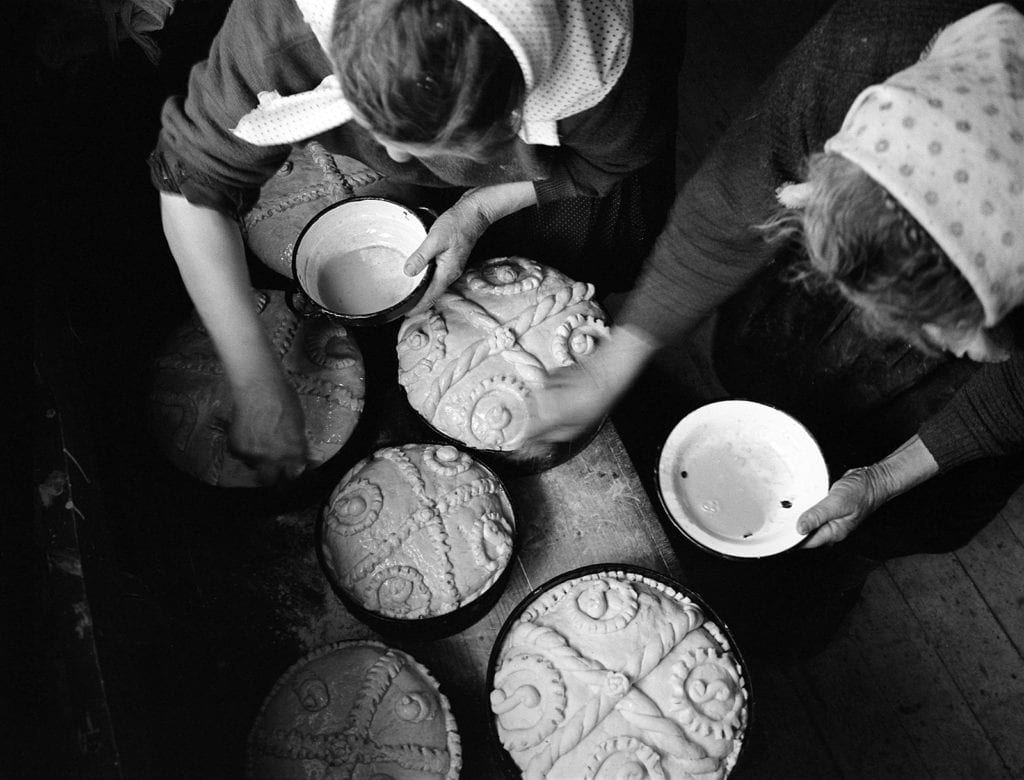
What’s the meaning of a life? Is that meaning of each person’s life the same? Are those meanings shared across cultures? These are the questions that LMU Senior Lecturer of Studio Arts, Fulbright Specialist Grant recipient, and photographer Kathleen McLaughlin has wrestled with throughout her work following the humble residents of the rural village of Sarbi in the Maramures region of Romania.
McLaughlin’s fascination with the everyday culture and experiences of the people of Maramures began in 1999 for her MFA thesis in photography. She spent the year living under the roof of a family’s home that housed three generations of family members. Immersed in the peasant culture of Romania, McLaughlin sought to document the preservation of traditions across time and reveal the subtle ways in which the people of the village performed their lived cultures. She continued her project on several grants over the years, some of which were a Fulbright Senior Scholarship to the country in 2002 and a Fulbright-Hayes Grant in 2015.
Though McLaughlin joined the community in an artistic and anthropological role, her 20-year involvement with the region led her to develop genuine and meaningful ties to the residents of Sarbi. McLaughlin kept a relationship with her host family whom she lived with during her first stay in Romania. The grandmother Maria’s sister lived next door who they called Matusa, the Romanian word for aunt, and Matusa’s husband, Vasile. McLaughlin describes her relationship with Matusa. “I had a soft spot for her because she was lovely and wasn’t able to have children with her husband, Vasile” she said. “In their village/region, when an older person dies, they sing at their funeral that their life had no meaning. Matusa passed away in September 2018, and when I learned of her death, I decided to make a memorial to her.”
The memorial to Matusa and her life represents the most recent step that McLaughlin has made in her project documenting the lives of the villagers. Journeying from the Romanian capital Bucharest, in May 2019, McLaughlin collected some of the headscarves Matsua had worn, items she had weaved, and other objects that had belonged to her. Along with photographs McLaughlin made over the year, printed on 5 feet canvas, those items constituted the memorial to Matusa’s life, which was on display in the Watch Tower at the Mogosoaia Palace, about 6 miles from Bucharest, throughout the month of June.
Overall, McLaughlin’s work has given her the opportunity to examine and celebrate the people of a region that is special to the Romanian people. Having studied the people of Sarbi for so long, she’s witnessed many changes across two decades. While in 2002, hardly anyone in the village owned a camera, in 2019 almost everyone has a smartphone, which has altered McLaughlin’s focus over her visits to the area. “While this development may change, my role as a visiting photographer and documentarist, the shifting culture of Sarbi has offered endless new dimensions for me to explore in my work.”








